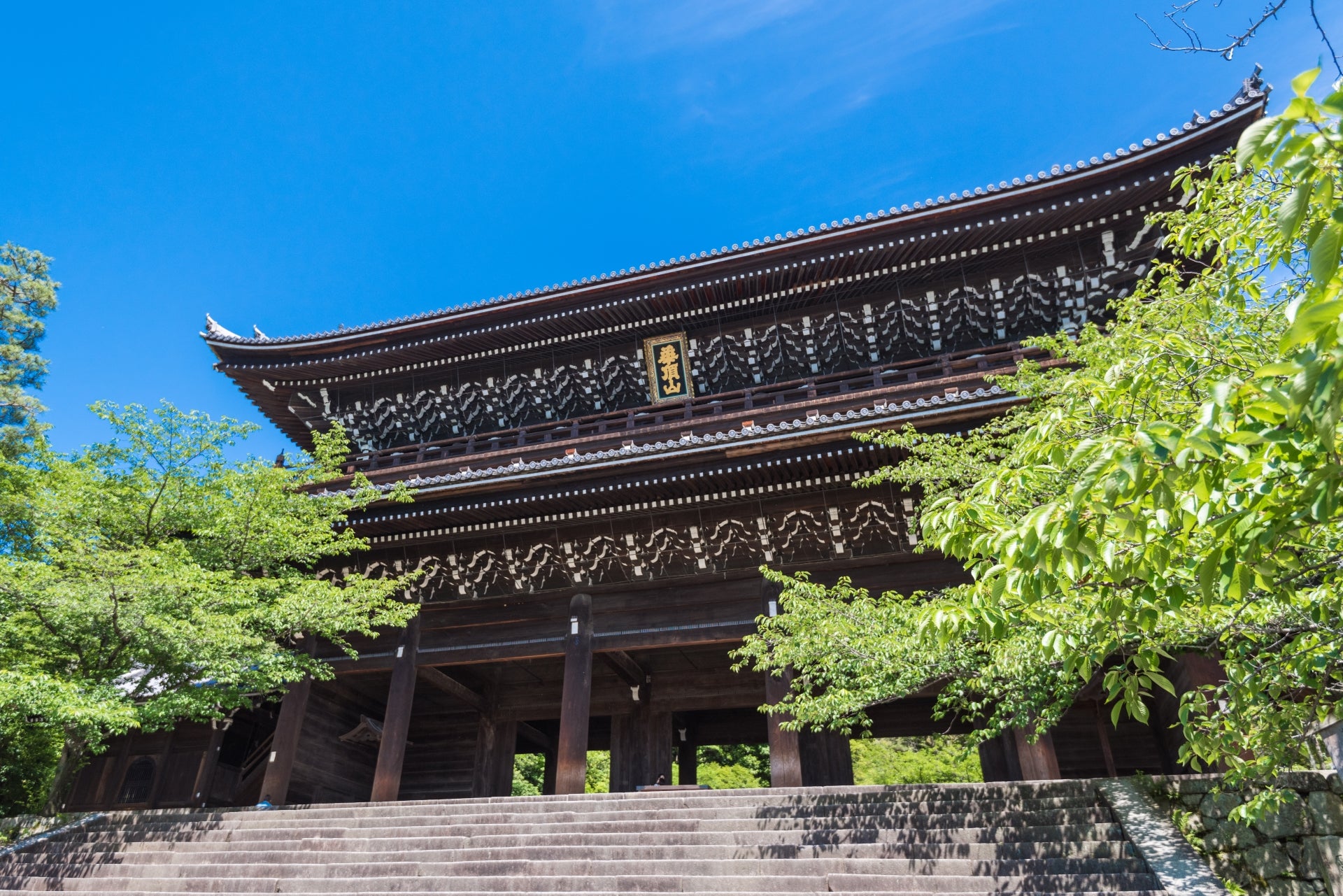Recent Kyoto weather shows that it is quite far from Autumn. The temperature still goes as high as 30 Celsius during the day- time. Tokyo may be the capital of Japan, however, Kyoto is undoubtedly its heart and soul. The rich textures of twelve centuries of culture seem to have woven themselves. In 1994, Kyoto celebrated the 1200th anniversary of its birth as the imperial capital of Japan. With almost 2000 Buddhist temples and Shinto shrines, the city is home to 20 percent of the nation’s National Treasures, 15 percent of its Cultural Properties, and 17World Heritage sites.
You Know What Let’s Go To Kyoto (Famous slogan in Japanese : “Souda Kyoto Ikou”

Woodblock prints were for Buddhist scrolls to be distributed to many people. It was the main reason for quantity, however huge contribution to inventing Woodblock printing and technical developments were to get the combination of colorful hand-drawn arts printed into the hands of as many people as possible. It is said that Ukiyo-e was an affordable art form for mass production; “one print typically cost same as a bowl of soba or udon noodle. Let’s take a look at some of the contributions the Ukiyo-e artists have done.

(Recent picture of Sanjo bridge)
"No.55 Sanjo-bridge Kyoto, Tokaido 53 station by Hiroshige
History of tourism in Japan

Tokaido route connected the old capital of Kyoto to the new capital of Edo (Tokyo). It refers to the most important of the five ancient highways in Japan constructed under Shogun Tokugawa Ieyasu’s reign (1603-1605). Tokugawa Ieyasu established 53 stations on the Tokaido with restaurants, teahouses, and various accommodations.
"No.1 Nihonbashi(Tokyo), Tokaido 53 stations by Hiroshige
Everyday scenes of the old Tokaido life are immortalized in the beautiful Ukiyo-e art.
Hiroshige known for one the most famous Ukiyo-e artists and the most illustrious creator of landscape images produced “Fifty-Three Station of the Tokaido”. It is not too much to say that his creations was like guide book for journey and stimulate our ancestor's curiosity like famous quote, “Imagination is more important than knowledge” by Albert Einstein
Autumn Colors of Japan
"No.94 Autumn Maple in Mama by Hiroshige
The Top ranking Zen temple in Kyoto

In 1264, Emperor Kameyama commissioned the construction of an imperial villa for his retirement in this wooden area. However the story goes, the ghosts of the residents of an ancient temple that had stood on the spot had been disturbed. In 1291, he returned the remote villa to a Zen temple that would be the foundation of Nanzen-Ji
The san-mon gate(三門) still affords a peerless view. It is one of the few such gates that are open to the public, and a climb to the top to enjoy the 360-degree view is well worth the effort.

Continuing onward on the right-hand path, the arch-shaped Suirokaku(水路閣) comes into view. This viaduct bringing water from lake Biwa is one of the great feats in the modernization of Kyoto. The water still flows merrily overhead, and the antique colors of the tiles melt pleasingly into the scenery of the temple.
"Autumn at Nanzenji temple" by Kato Teruhide
We hope you have enjoy this blog. Thankfully our prime minister finally announced that Japan allowed visa-free individual tourists from Oct 11th After the changes, Japan will not require visas for short-term travelers from the U.S, and certain other countries. Japan will also scrape the daily entry cap of 50000 people. We sincerely wish that those who read this blog may be inspired to start or renew their journeys of discovery to the many worlds of Kyoto.





